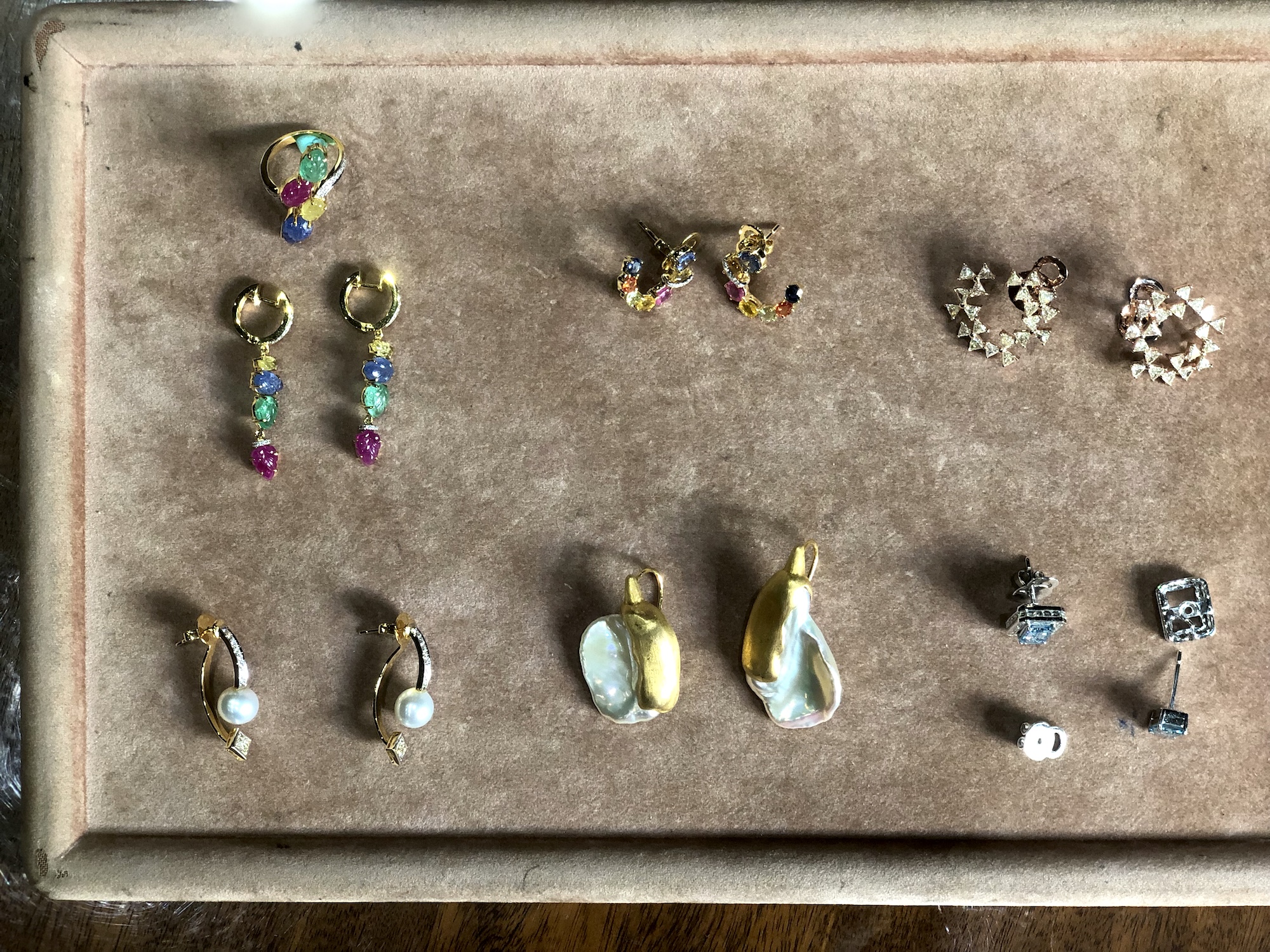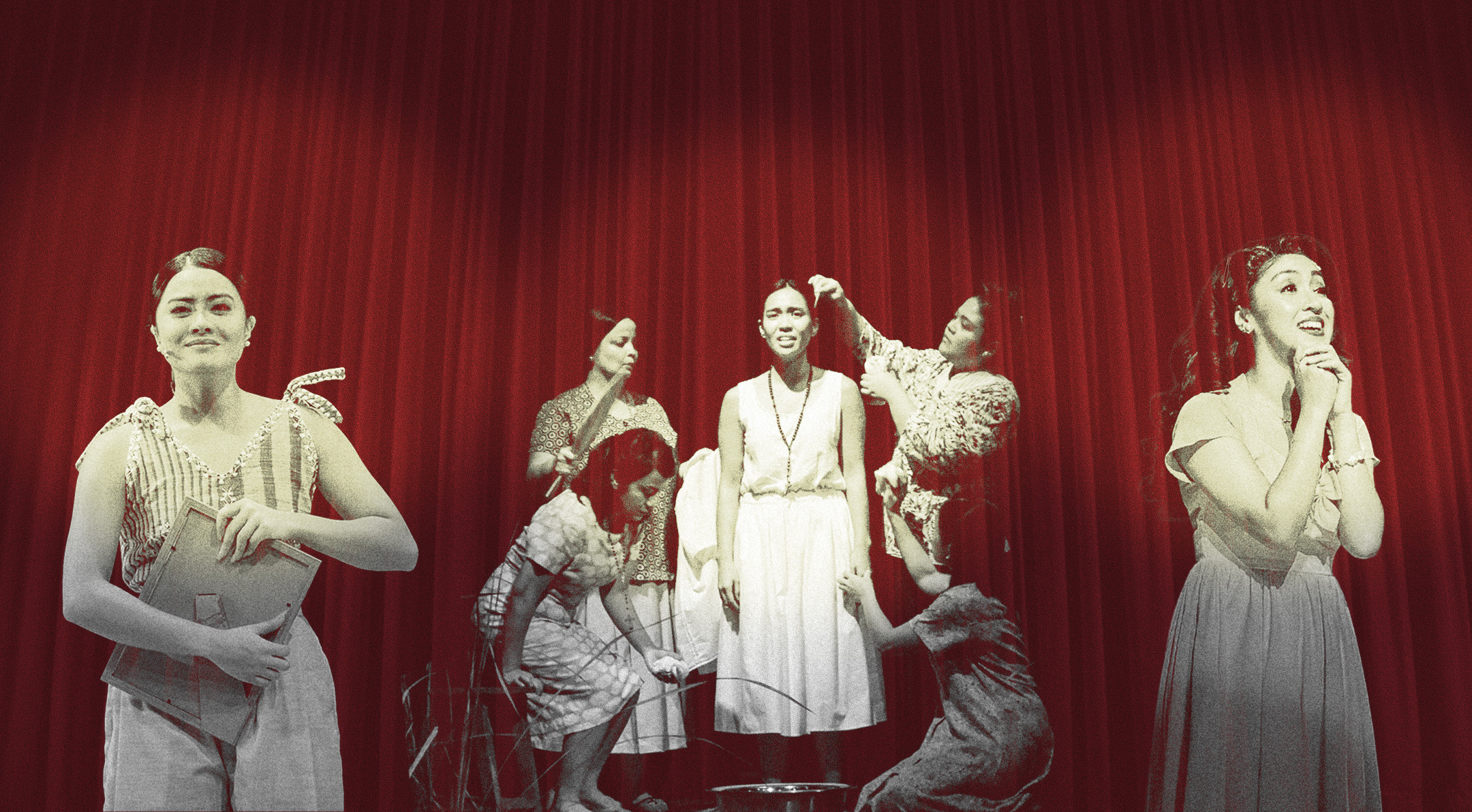The last week of April 2015 opened with a hashtag that gained popularity on local social media: #SaveMaryJane. Netizens pleaded for the life of Mary Jane Veloso, a Filipina mother who was due to be executed for bringing heroin into Indonesia. Veloso’s defenders cited inadequacies in her trial, the questionable effectiveness of the death penalty, and a myriad of other arguments, all grouped under that hashtag.
And yet at 8 p.m. on April 28, the decision came out: appeal rejected. The hashtag kept going, but appeals in court and negotiations on the ground had failed. Reports swirled of last-minute phone conversations between former President Noynoy Aquino and Indonesia’s President Joko Widodo. The execution was suspended and users now turned to cyberspace to express their gratitude.
However, there was debate. Some alleged that what really mattered were arguments beyond the word count. Digital activism is often referred to as clicktivism, but its detractors sometimes prefer the term “slacktivism.” Anti-clicktivists hold the opinion that digital activism accomplishes little in reality, and in fact allows people to feel good about themselves for “taking part” without actually contributing very much.
Clicktivism provides an alternative chance to draw attention to causes that are more important.
Clicktivism operates on social media, and for good reason. One user could reach how many times more people than he or she could address in person. Digital activism can allow a movement to spread far beyond its origins.
The average Facebook user might not have a direct link to a politician or a celebrity, but odds are that he or she will know someone who knows someone who knows someone who might. Consider the principle of six degrees of separation, then add the fact that the Philippines is such a close-knit community.
Digital activism is not without its downsides. It’s still a tool wielded primarily by those with influence. A hashtag alone can’t feed, clothe, or house a poor family living under a bridge, and they probably won’t even be able to retweet it themselves. Digital activism not only turns us into slacktivists, but can lead us to silence or speak over the real victims of what we purport to speak against. But used properly, digital activism can do things that traditional methods cannot. Our tweets may not have physically shielded Veloso from bullets, but they may have inspired those in a better position to act to do so.
The spirit of activism is doing what we can to stand up for what’s right—that means work on the ground, in offices, in the streets. For those who can’t do that just yet, clicktivism provides an alternative chance to speak up against the banality of everyday digital life to draw attention to causes that are more important against the fear that no one will listen, because some things just have to be said—isn’t that what activism is really about?
This story was originally published in Northern Living, June 2015.












































